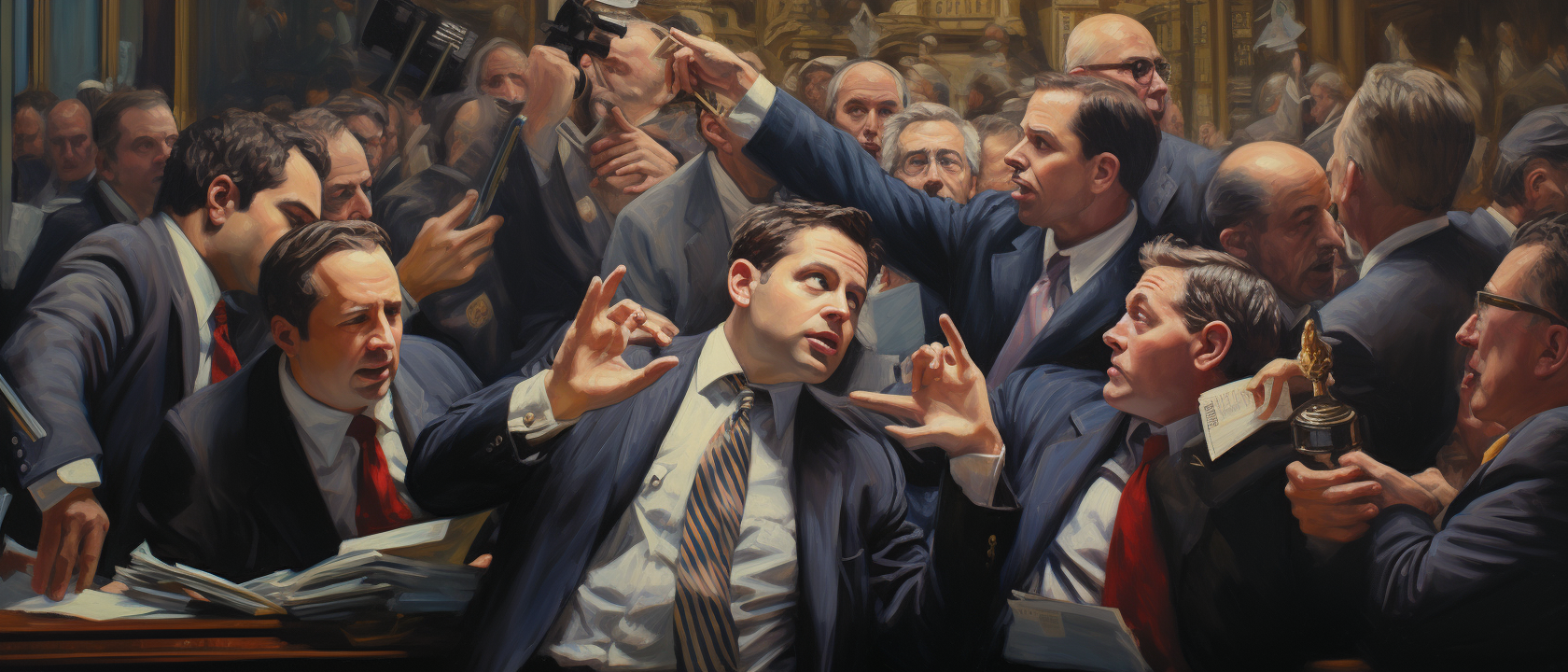
The podcast episode with Cem Karsan, Founder of KAI Volatility Advisors, provided profound insights into the current state of the markets and the economy. Jem discussed the intricate dynamics of inflation, distinguishing between structural and cyclical inflation.

Earlier today the Federal Reserve Bank of New York released a report on the state of consumer credit. Dissecting data across student, auto, mortgage credit card, and other similar types of loans that US consumers have taken out and painting a bleak picture of the state of the average American.

In the short term, the U.S. economy could experience a brief period of deflation, which might stem from a severe external shock. However, this scenario is considered unlikely due to the existing fiscal framework and the U.S. status as a reserve currency issuer.

The Federal Reserve has signaled that there will be no interest rate cuts in the immediate future, particularly not by March. This forecast aligns with the inflation model predictions, which suggest a stall in the declining inflation rate.

Matthew cautions viewers about the complexities of market timing and the necessity of a long-term perspective, particularly when considering the compounded annual growth rate of the S&P 500, which stands at 3.9% per year without reinvesting dividends.

Historically, a yield curve inversion has been a precursor to recessions. In 2023, the yield curve had been inverted for a length of time generally preceding economic contractions, suggesting a high probability of a recession in 2024.

After months of mainstream victory laps – including Paul Krugman's famous "inflation is over. We won at at very little cost" – it turns out inflation's not dead after all. It's not even resting.

Contrary to the premature declarations of victory over inflation by Nobel laureate economist Paul Krugman, recent data suggests that inflation is far from being a closed chapter in our economic narrative.


















